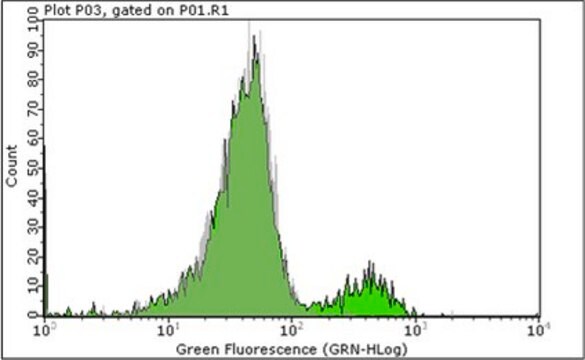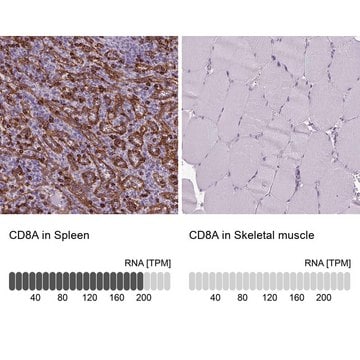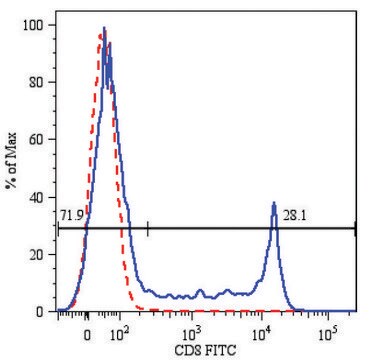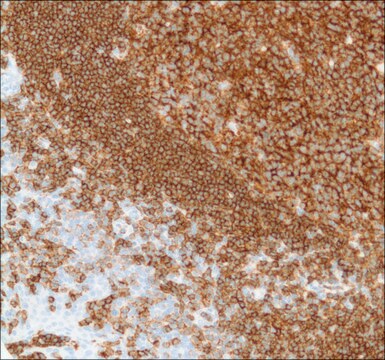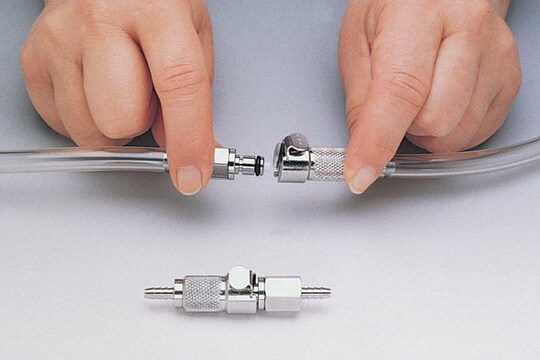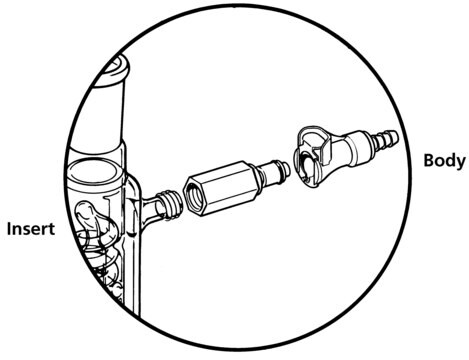Opis ogólny
We are committed to bringing you greener alternative products, which adhere to one or more of The 12 Principles of Green Chemistry.This antibody is Preservative-free, produced without the harm or sacrifice of animals and exceptionally stable to allow for ambient shipping and storage if needed and thus aligns with "Waste Prevention", "Designing Safer Chemicals" and "Design for Energy Efficiency".
Click here for more information.
ZooMAb® antibodies represent an entirely new generation of recombinant monoclonal antibodies.Each ZooMAb® antibody is manufactured using our proprietary recombinant expression system, purified to homogeneity, and precisely dispensed to produce robust and highly reproducible lot-to-lot consistency. Only top-performing clones are released for use by researchers. Each antibody is validated for high specificity and affinity across multiple applications, including its most commonly used application. ZooMAb® antibodies are reliably available and ready to ship when you need them.
Specyficzność
Clone 3E7 is a ZooMAb® Rabbit recombinant monoclonal antibody that specifically detects CD19. It targets an epitope within 23 amino acids from the N-terminal, extracellular domain.
Immunogen
KLH-conjugated linear peptide corresponding to 23 amino acids from the N-terminal region of human CD19.
Zastosowanie
Quality Control Testing
Evaluated by Western Blotting in Daudi cell lysate.
Western Blotting Analysis: A 1:1,000 dilution of this antibody detected CD19 in Daudi cell lysate.
Tested applications
Flow Cytometry Analysis: 1 μg from a representative lot detected CD19 in one million Human peripheral blood mononuclear cells (PBMC).
Immunocytochemistry Analysis: A 1:100 dilution from a representative lot detected CD19 in Raji cells.
Immunohistochemistry (Paraffin) Analysis: A 1:100 dilution from a representative lot detected CD19 in human tonsil and human appendix tissue sections.
Note: Actual optimal working dilutions must be determined by end user as specimens, and experimental conditions may vary with the end user
Anti-CD19, clone 3E7 ZooMAb®, Cat. No. ZRB1207,is a recombinant Rabbit monoclonal antibody that specifically targets CD19 and is tested for use in Flow Cytometry, Immunocytochemistry, Immunohistochemistry (Paraffin), and Western Blotting.
Opis wartości docelowych
B-lymphocyte antigen CD19 (UniProt: P15391; also known as B-lymphocyte surface antigen B4, Differentiation antigen CD19, T-cell surface antigen Leu-12, CD19) is encoded by the CD19 gene (Gene ID: 930) in human. CD19 is a single-pass type I membrane glycoprotein that is synthesized with a signal peptide (aa 1-19), which are subsequently cleaved off to generate the mature form that contains an extracellular domain (aa 20-291), a transmembrane domain (aa 292-313), and a cytoplasmic domain (aa 314-556). It also contains two Ig-like C2-type domains (aa 20-113 and 176-277). CD19 expression has been reported in B cells in blood and lymph nodes. It is part of a complex that is composed of CD19, CD21, CD81, and CD225 in the membrane of mature B-cells. It interacts directly with CD81 via its second extracellular domain early during biosynthesis in the ER/pre-Golgi compartments and is essential for trafficking and compartmentalization of CD19 receptor on the cell surface of activated B cells. It functions as a coreceptor for the B-cell antigen receptor complex (BCR) on B-lymphocytes and is reported to decrease the threshold for activation of downstream signaling pathways and for triggering B-cell responses to antigens. Following B cell activation, CD19 is phosphorylated on tyrosine residues in a sequential order by Lyn. Phosphorylation of Tyr-531 is rapid, followed by phosphorylation at Tyr-409. Phosphorylation of Tyr-500 appears to be slow and transient. CD19 is shown to be essential for normal B cell differentiation and proliferation in response to antigen challenges. It also activates signaling pathways that lead to the activation of phosphatidylinositol 3-kinase and the mobilization of intracellular Ca2+ stores. This ZooMAb® recombinant monoclonal antibody, generated by our propriety technology, offers significantly enhanced specificity, affinity, reproducibility, and stability over conventional monoclonals. (Ref.: Sato, A., et al. (1997). J. Immunol. 159(7); 3278-3287; Roifman, CM., and Ke, S. (1992). Biochem. Biophys. Res. Commun. 194(1); 222-225; Carter, RH., and Fearon, DT (1992). Science. 256(5053); 105-107).
Postać fizyczna
Purified recombinant rabbit monoclonal antibody IgG, lyophilized in PBS with 5% Trehalose, normal appearance a coarse or translucent resin. The PBS/trehalose components in the ZooMAb® formulation can have the appearance of a semi-solid (bead like gel) after lyophilization. This is a normal phenomenon. Please follow the recommended reconstitution procedure in the data sheet to dissolve the semi-solid, bead-like, gel-appearing material. The resulting antibody solution is completely stable and functional as proven by full functional testing. Contains no biocide or preservatives, such as azide, or any animal by-products. Larger pack sizes provided as multiples of 25 μL.
Rekonstytucja
300 μg/mL after reconstitution at 25 μL per vial. Please refer to guidance on suggested starting dilutions and/or titers per application and sample type.
Przechowywanie i stabilność
Recommend storage of lyophilized product at 2-8°C; Before reconstitution, micro-centrifuge vials briefly to spin down material to bottom of the vial; Reconstitute each vial by adding 25 μL of filtered lab grade water or PBS; Reconstituted antibodies can be stored at 2-8°C, or -20°C for long term storage. Avoid repeated freeze-thaws.
Informacje prawne
ZooMAb is a registered trademark of Merck KGaA, Darmstadt, Germany
Oświadczenie o zrzeczeniu się odpowiedzialności
Unless otherwise stated in our catalog or other company documentation accompanying the product(s), our products are intended for research use only and are not to be used for any other purpose, which includes but is not limited to, unauthorized commercial uses, in vitro diagnostic uses, ex vivo or in vivo therapeutic uses or any type of consumption or application to humans or animals.
This page may contain text that has been machine translated.



